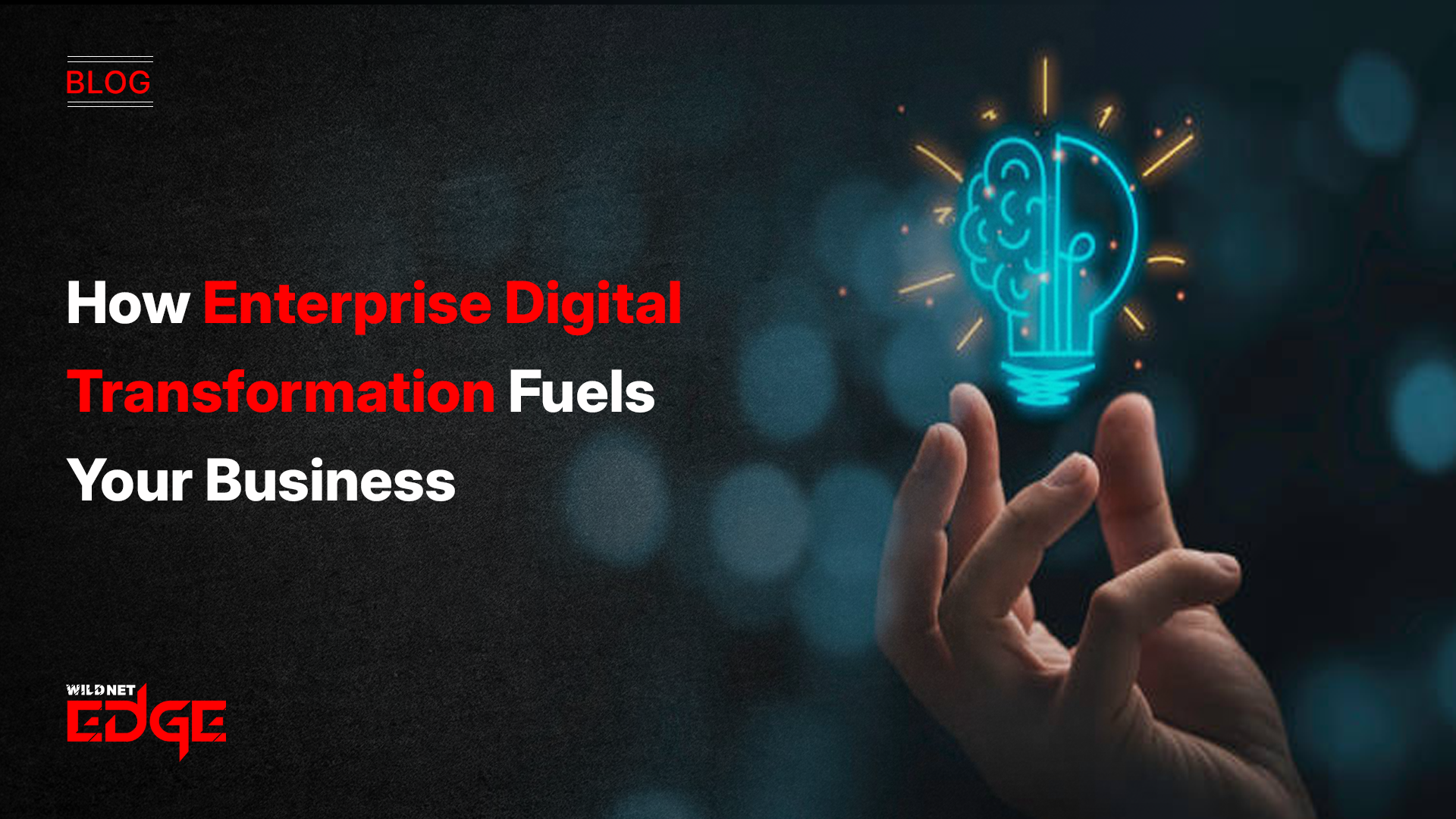Ever felt like your SaaS applications break just when users expect them to work flawlessly? Testing end-to-end SaaS apps is complex, time-consuming, and often riddled with delays. If you’re struggling to keep pace with rapid releases while ensuring quality, you’re not alone. SaaS test automation is the game-changer here—cutting down manual effort, accelerating regression automation, and enabling continuous testing. This guide will show you how to craft a test automation strategy that moves the needle for your SaaS product.
Understanding Regression Automation in SaaS Testing
Regression automation plays a critical role in maintaining the stability and integrity of SaaS applications. With frequent updates, feature enhancements, and bug fixes inherent in the SaaS delivery model, it’s essential to verify that new code doesn’t inadvertently break existing functionality.
What is Regression Automation?
Regression automation is the process of running automated test suites against existing functionality to confirm that recent changes haven’t introduced new defects. Unlike manual regression testing, automated regression suites provide faster, repeatable, and more reliable coverage.
Benefits include:
- Faster validation enabling frequent deployments without sacrificing quality
- Reduced manual effort, freeing QA teams to focus on exploration and new feature testing
- Consistency in executing repetitive tests with minimal human error
- Early bug detection that prevents costly production issues
Integration With SaaS Application Lifecycle
In SaaS environments, regression automation integrates tightly with the development lifecycle through continuous integration and deployment pipelines. Automated regression suites trigger every time code is merged or deployed, providing quick feedback to developers and product teams. This integration enables:
- Rapid release cycles without sacrificing application stability
- Confidence in adding new features, knowing core workflows remain intact
- Easier identification of breaking changes even in complex, distributed SaaS architectures
Common Regression Testing Scenarios in SaaS Products
Regression automation typically focuses on critical SaaS functionality such as:
- User authentication and authorization flows
- Payment processing and subscription management
- Data integration and synchronization features
- UI interactions across multiple client platforms (web, mobile)
- API endpoint validation ensuring backward compatibility
Testing these core areas prevents regressions that can negatively impact user experience or business outcomes.
Tools Commonly Used for Regression Automation
Selecting the right regression automation tools influences both speed and coverage. Leading tools in 2025 optimized for SaaS applications include:
- Selenium: Still a popular open-source choice for cross-browser UI testing
- Cypress: Modern framework offering fast, reliable end-to-end tests with great developer ergonomics
- TestComplete: Robust commercial tool supporting desktop, web, and mobile applications
- Katalon Studio: Combining UI, API, and mobile testing in one platform suited for SaaS
- Postman & REST Assured: For automated API regression testing, critical in layered SaaS architectures
The trend is toward tools supporting parallel execution, cloud integration, and seamless CI/CD pipeline support to maximize efficiency in regression automation.
Implementing Continuous Testing for SaaS Applications
Continuous testing is essential to keeping up with the rapid innovation pace in SaaS environments. It ensures every code commit is verified promptly, supporting faster feedback loops and higher quality software.
The Concept of Continuous Testing in SaaS
Continuous testing refers to the practice of executing automated tests as part of the continuous integration and continuous delivery (CI/CD) process. It validates code quality throughout the software lifecycle, not just at specific checkpoints.
In SaaS, continuous testing ensures:
- Automated validation of features across multiple environments
- Instant quality feedback to developers and QA teams
- Reduced risk of deploying buggy software to customers
- Alignment of testing timelines with frequent release schedules
Steps to Integrate Automated Tests into CI/CD Pipelines
- Define critical workflows and test cases that must be verified before deployment
- Implement automated test suites covering UI, API, and integration tests
- Set up a CI/CD pipeline using platforms like Jenkins, GitLab CI, or GitHub Actions to trigger tests on every commit
- Parallelize tests to reduce total run time without compromising coverage
- Report results automatically with actionable dashboards and alerts for rapid remediation
- Incorporate production-like test environments using containerization or virtualization to ensure realistic validations
Key Metrics to Track Success in Continuous Testing
- Test coverage percentage: How much of your key SaaS workflows are automated?
- Test run duration: Faster tests lead to quicker feedback and improved developer productivity
- Defect detection rate: Measures how many bugs are caught early versus in production
- Flaky test rate: Identifies unreliable tests frustrating the pipeline and developers
- Deployment frequency and lead time: Improved speeds indicate effective continuous testing pipelines
Monitoring these KPIs ensures you continuously optimize your automation efforts and get maximum value.
Challenges and Solutions Specific to Continuous Testing in SaaS
- Challenge: Testing in multi-tenant SaaS environments with shared resources
Solution: Use isolated test data environments, service virtualization, and data masking to avoid data conflicts and security risks. - Challenge: Managing flaky tests that erode confidence in CI pipelines
Solution: Invest in reliable test design, selective retries, and AI-driven test stability monitoring tools. - Challenge: Balancing test coverage with execution speed in large SaaS systems
Solution: Prioritize automation on high-risk areas and optimize tests for parallel execution and modular reusability.
Crafting an End-to-End SaaS Test Automation Strategy
A successful SaaS test automation strategy is holistic—covering the entire application lifecycle and adapting to rapid change without breaking the flow.
Identifying Critical SaaS Workflows and User Journeys
Begin by mapping out key user journeys that represent your SaaS product’s core value. These might include:
- User signup, onboarding, and profile management
- Subscription purchase, upgrade, and cancellation flows
- Data input, processing, and reporting mechanisms
- Service integrations and APIs critical to functionality
Focusing automation efforts on these ensures your tests protect the most valuable business processes.
Choosing the Right Automation Tools and Frameworks
Tool selection depends on:
- Your team’s skill sets and programming language preferences
- SaaS architecture complexity (microservices, APIs, UI frameworks)
- Required test types (UI, API, performance, security)
- Integration with cloud environments and CI/CD platforms
Frameworks like Cypress and Playwright offer excellent end-to-end browser testing, whereas Postman and REST Assured excel for API layers. Consider adopting a hybrid framework that allows test reuse and integration testing seamlessly.
Balancing Manual and Automated Testing Efforts
Automation is powerful but not a silver bullet. Manual testing remains vital for:
- Exploratory testing to uncover unknown edge cases
- Usability and UX validation where human intuition matters
- Initial validation of new features before automation scripts stabilize
Strive for a hybrid testing model where automation covers repetitive, high-impact tasks while manual testers focus on creative and exploratory test scenarios.
Best Practices for Maintaining Test Scripts Amid Frequent SaaS Updates
Maintaining test automation is often the Achilles’ heel of SaaS testing. Follow these practices:
- Modularize test scripts so small changes don’t break entire suites
- Use data-driven testing to separate test data from script logic and speed updates
- Implement robust version control and tagging for test artifacts
- Schedule regular script reviews and refactoring cycles aligned with release planning
- Leverage AI-based test maintenance tools that detect broken scripts and offer automated fixes
Consistency in maintenance keeps regression automation effective and prevents test debt accumulation.
Advanced Trends and Best Practices in SaaS Test Automation
Staying ahead means embracing innovation and evolving best practices to optimize test automation.
Leveraging AI and Machine Learning to Improve Test Coverage
AI-powered test automation tools analyze code changes and historical defect patterns to:
- Generate and prioritize test cases dynamically based on risk
- Detect flaky tests and automatically flag or auto-heal them
- Optimize test suites by identifying redundant tests, improving speed
- Enhance exploratory testing with AI-driven UI anomaly detection
2025 tools like Testim and Functionize exemplify AI integration, making tests smarter and maintenance easier.
Managing Test Data for Realistic SaaS Testing Environments
Accurate test data is crucial for end-to-end testing, especially in multi-tenant SaaS setups. Best practices include:
- Synthetic data generation to mimic real-world scenarios without exposing sensitive customer data
- Data masking and anonymization for compliance with GDPR, HIPAA, and other regulations
- Service virtualization to simulate API endpoints or external services, reducing test environment dependencies
- Dynamic data provisioning integrated with CI/CD pipelines for consistent test environments
A solid test data strategy removes bottlenecks and enables repeatable, reliable testing.
Scalable Automation Strategies for Multi-Tenant SaaS Platforms
Multi-tenancy adds complexity because different customers might have unique configurations and workflows. Approaches include:
- Designing tenant-agnostic tests with configurable parameters
- Isolating tenant-specific data and environments using containerized sandboxes
- Using feature flagging and A/B testing capabilities within tests
- Automating tenant onboarding and lifecycle processes for continuous validation
This ensures the automation scales horizontally as your SaaS grows.
Keeping Pace with Evolving SaaS Technologies and Compliance Needs
Continuous learning and adaptation are essential:
- Update test suites to cover new API versions, third-party integrations, or UI frameworks
- Regularly audit tests for compliance requirements related to security, privacy, and accessibility
- Incorporate performance and security testing into automated cycles to identify bottlenecks and vulnerabilities early
Proactive automation strategies future-proof SaaS quality management.
Conclusion
Building an effective SaaS test automation strategy is no longer optional—it’s essential to keep up with fast-paced releases and complex application ecosystems. Incorporating regression automation and continuous testing ensures your SaaS applications remain reliable and high-quality, enhancing user satisfaction and business outcomes.
For expert guidance and enterprise-grade automation solutions, WildnetEdge stands out as a trusted partner to optimize and accelerate your testing journey. Ready to transform your SaaS testing? Connect with WildnetEdge today for tailored strategies that deliver seamless, end-to-end quality assurance.
FAQs
Q1: What is SaaS test automation and why is it important?
SaaS test automation involves using automated tools to run tests on SaaS applications, ensuring rapid, reliable testing to catch bugs early and support fast release cycles. It reduces manual effort and enhances release confidence.
Q2: How does regression automation benefit SaaS applications?
Regression automation helps verify that recent code changes don’t negatively impact existing features, maintaining application stability over frequent updates. It accelerates testing without adding delays to deployments.
Q3: What are best practices for continuous testing in SaaS CI/CD pipelines?
Best practices include integrating test automation into every build, prioritizing fast feedback, automating tests for critical workflows, and monitoring test metrics such as coverage, flaky test rates, and test run times.
Q4: Which tools are recommended for SaaS test automation?
Popular tools include Selenium, Cypress, TestComplete, and proprietary SaaS-focused platforms that support cloud environments and API testing. The choice depends on your tech stack and testing requirements.
Q5: How can AI improve SaaS testing automation?
AI can optimize test creation, enhance test coverage via intelligent risk analysis, detect flaky tests, and automate maintenance, reducing manual effort and increasing accuracy. AI-driven tools also improve test stability and accelerate feedback.

Nitin Agarwal is a veteran in custom software development. He is fascinated by how software can turn ideas into real-world solutions. With extensive experience designing scalable and efficient systems, he focuses on creating software that delivers tangible results. Nitin enjoys exploring emerging technologies, taking on challenging projects, and mentoring teams to bring ideas to life. He believes that good software is not just about code; it’s about understanding problems and creating value for users. For him, great software combines thoughtful design, clever engineering, and a clear understanding of the problems it’s meant to solve.
 sales@wildnetedge.com
sales@wildnetedge.com +1 (212) 901 8616
+1 (212) 901 8616 +1 (437) 225-7733
+1 (437) 225-7733































